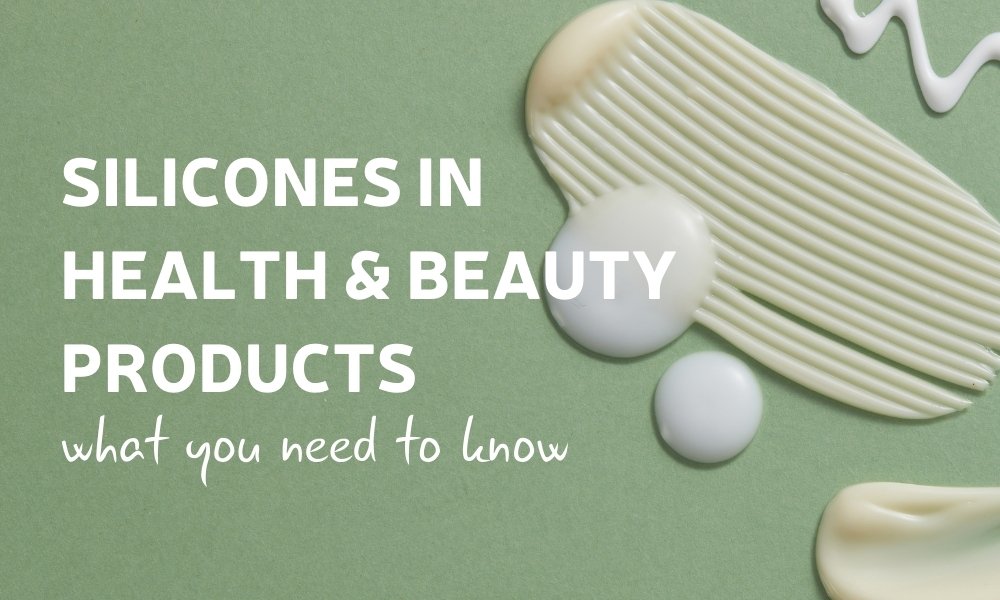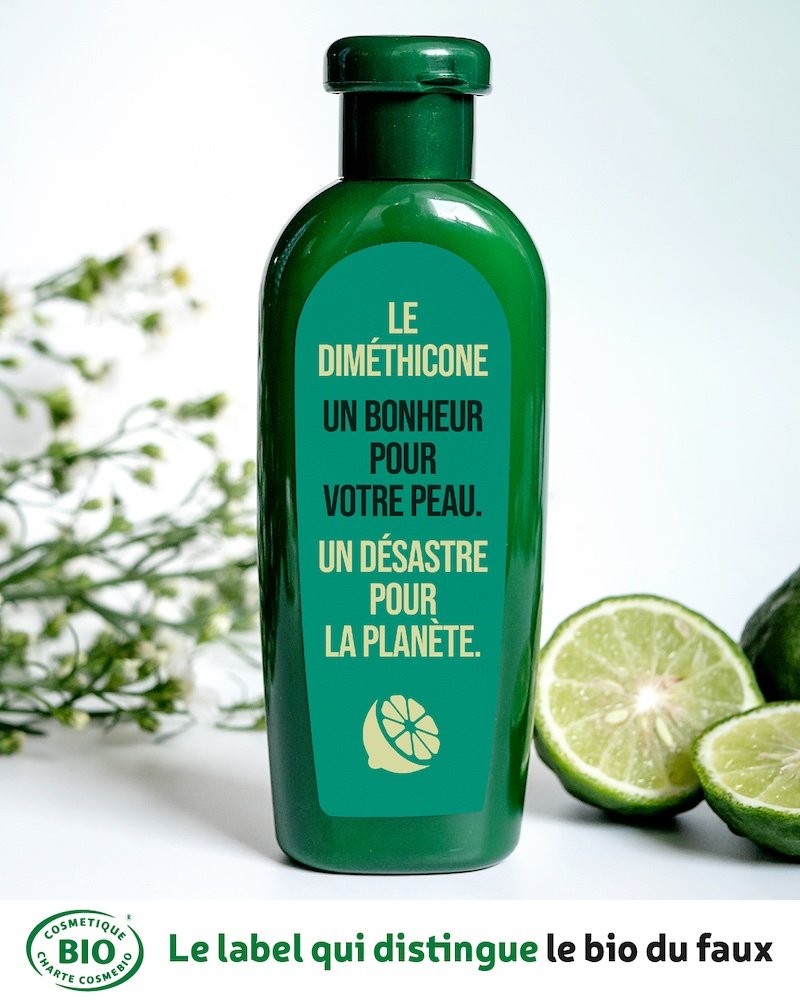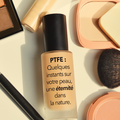For nearly 70 years, silicones have been invading our cosmetic formulas, becoming essential elements in the industry by providing a smooth feel and texture to many beauty products at a low price. But in reality, everything comes at a cost. In the case of silicones, it's the environment that pays.
This is precisely why, due to their petrochemical origin, silicones have banned from organic cosmetics since the beginnging of our label.
Want to know more about the silicones in your non-certified beauty products? Read this article to find out!

What Are Silicones?
Silicones are inorganic polymers whose molecular structure is composed of silicon and oxygen, connected by siloxane bonds.
It is important to note that the terms "organic" and "inorganic" should not be confused with the English term "Organic," as in organic farming. These are entirely different concepts. A molecule is considered "organic" if it contains carbon atoms and "inorganic" if it does not, which has nothing to do with agriculture.
Silicones are compounds produced exclusively through chemical synthesis and do not occur naturally.
Today, there are many derivatives within the silicone family, available in forms such as oils (volatile or non-volatile), elastomers, or resins.
In 2021, the global annual production of silicones reached nearly 1.3 million tons! They are widely used in various sectors such as aerospace, automotive, construction, textiles, food, healthcare, and of course, cosmetics.
What Role do Silicones Play in Our Beauty Products?
As cosmetic ingredients, silicones are primarily used in creams, lotions, lipsticks, and other products for their sensory properties and/or their hydrophobic nature (water-repellent).
They are also present in shampoos and conditioners for their ability to remain on the surface of the hair and skin.
If you check the INCI list, silicones can be recognized by different names such as CYCLOMETHICONE, CYCLOPENTASILOXANE, CYCLOHEXASILOXANE, TRISILOXANE, DIMETHICONE, DIMETHICONE COPOLYOL, AMINODIMETHICONE, DIMETHICONOL, DIMETHICONE CROSSPOLYMER, VINYL DIMETHICONE CROSSPOLYMER, TRIMETHYSILOXYSILICATE, POLYPROPYLSILSESQUIOXANE, POLYMETHYLSILSESQUIOXANE.

Why Should You Avoid Silicones in Your Cosmetics?
Silicones and Your Health:
Due to their very stable chemical structure, both biochemically and physically, silicones are considered "safe" for cosmetic use. They are neither irritating nor allergenic and are also considered non-comedogenic.
However, the safety of silicones is often questioned! For example, Cyclotetrasiloxane (D4) has been banned since January 1, 2022, by the European Cosmetic Regulation (EC) No. 1223/2009 because it is strongly suspected of being an endocrine disruptor.
As for other silicones, current research does not specifically highlight harmful effects on your health.
Silicones and Their Harmful Environmental Impact:
Silicones are a disaster for the planet. Due to their non-biodegradability and the fact that some are classified as "Persistent, Bioaccumulative, and Toxic Substances," it would be better to stop their use in cosmetic ingredients, especially because today, there are alternatives available.
As mentioned earlier, the highly resistant chemical structure of silicones affects their biodegradability. In fact, silicones are very difficult to biodegrade, if not non-biodegradable altogether (the conditions for partial biodegradation are rarely in place).
Silicones in rinse-off health and beauty products (shampoos, shower gels, hair masks) inevitably end up in wastewater. A large portion of wastewater doesn’t even go through treatment centers but is discharged directly into nature.
As a result, silicones pollute the earth and oceans, posing a threat to biodiversity.
Even silicones that do make it to water treatment centers can seriously disrupt the methanization process, contaminating biogas which is used for industrial (heat), domestic (heating, hot water, cooking), or fuel (BioGNV) purposes.
Even worse than their near non-biodegradability, Cyclopentasiloxane (D5) and Cyclohexasiloxane (D6) have had or will have their usage regulated because they are considered "Persistent, Bioaccumulative, and Toxic" (PBT) substances.
Thus, regulations already restrict Cyclopentasiloxane (D5) in rinse-off cosmetics to a maximum of 0.1%. The same regulation will be applied to silicone in leave-in products, as well as to Cyclohexasiloxane (D6) in both rinse-off and leave-in products in the coming years.
In short, silicones are a catastrophe for the environment. 😭
What Are the Alternatives to Silicones in Organic Cosmetics?
Organic beauty products are able to offer pleasant sensory textures even without silicones. This is made possible by natural-origin alternatives!
Organic beauty brands formulate products with ingredients such as squalane, essential fatty acids (omega-3, omega-6), or plant-based esters like Avocado Oil Polyglyceryl-6 Esters, Shea Butter Ethyl Esters, and more.
So, will you be giving up silicones in your beauty routine?



